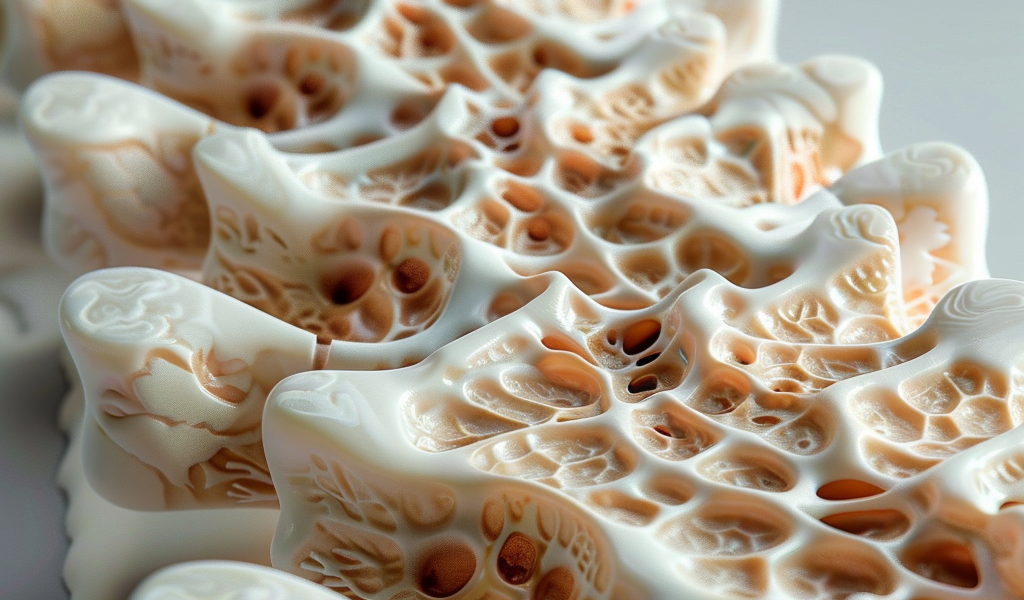Researchers from the Ohio State University College of Medicine have made a groundbreaking discovery in mice that sheds light on the connection between spinal cord injuries and metabolic disruptions commonly seen in conditions like diabetes and vascular diseases.
The study revealed that abnormal post-injury neuronal activity can lead to the leakage and accumulation of abdominal fat tissue compounds in vital organs such as the liver. The findings, published in Cell Reports Medicine under the title “α2δ1-mediated maladaptive sensory plasticity disrupts adipose tissue homeostasis following spinal cord injury,” highlight the potential link between spinal cord injuries and metabolic disorders.
One key finding of the research is the identification of a drug called gabapentin, which was found to mitigate the harmful metabolic effects of spinal cord injuries. By administering gabapentin, the researchers were able to prevent the abnormal metabolic changes triggered by the spinal cord injury.
According to the researchers, spinal cord injuries significantly increase the risk of cardiometabolic disorders such as hypertension, dyslipidemia, and insulin resistance. The study revealed that SCI exacerbates lipolysis in epididymal white adipose tissue (eWAT), leading to ectopic lipid accumulation in organs crucial for glucose and insulin metabolism.
Senior author of the study, Andrea Tedeschi, PhD, who serves as an assistant professor of neuroscience at the Ohio State University College of Medicine, emphasized the importance of their findings. Dr. Tedeschi explained, “We believe there is maladaptive reorganization of the sensory system that causes the fat to undergo changes, initiating a chain of reactions—triglycerides start breaking down into glycerol and free fatty acids that are released in circulation and taken up by the liver, the heart, the muscles, and accumulating, setting up conditions for insulin resistance.”
Previous research has highlighted that cardiometabolic diseases are a leading cause of mortality in individuals with spinal cord injuries. While past studies have focused on adipose tissue function and the role of the sympathetic nervous system in these diseases, this new research delves into the impact of sensory neurons on metabolic disruptions following spinal cord injuries.
Debasish Roy, PhD, a postdoctoral researcher in the Tedeschi lab and first author of the paper, chose to investigate the role of sensory neurons in the metabolic changes observed post-spinal cord injury.





